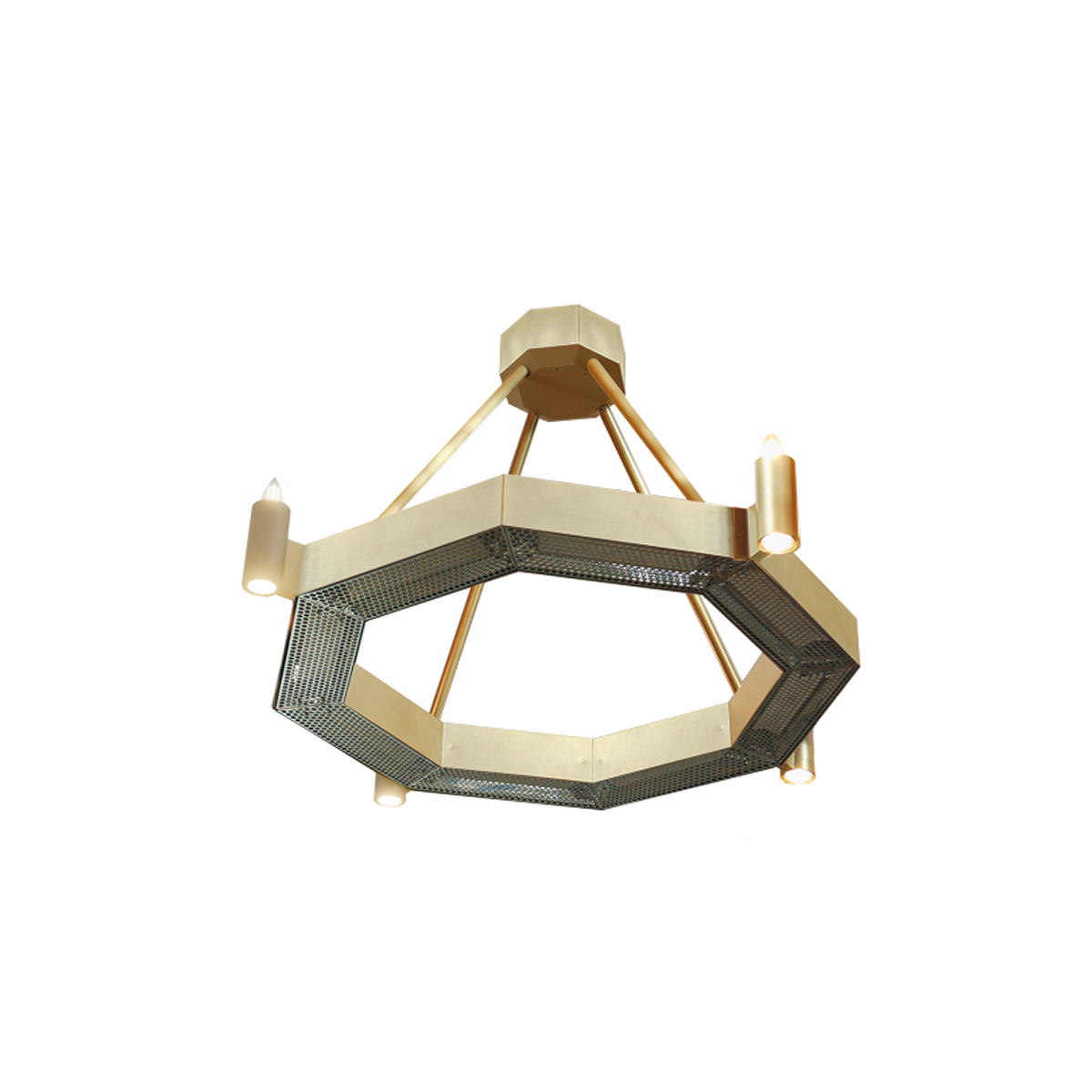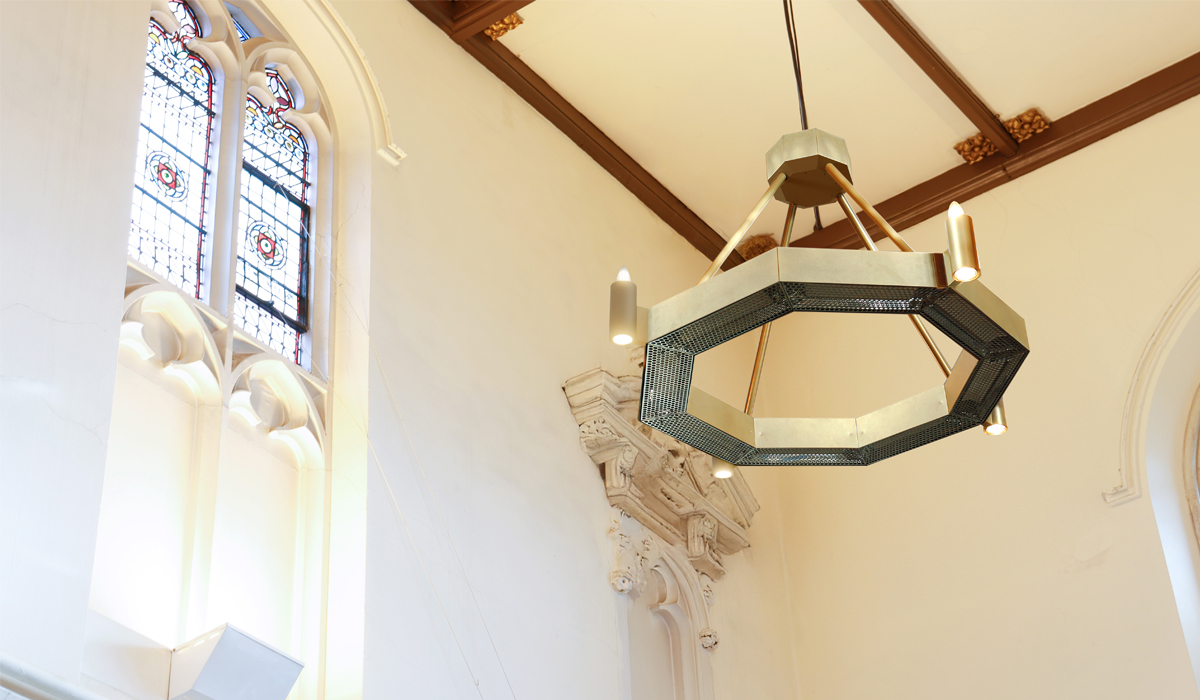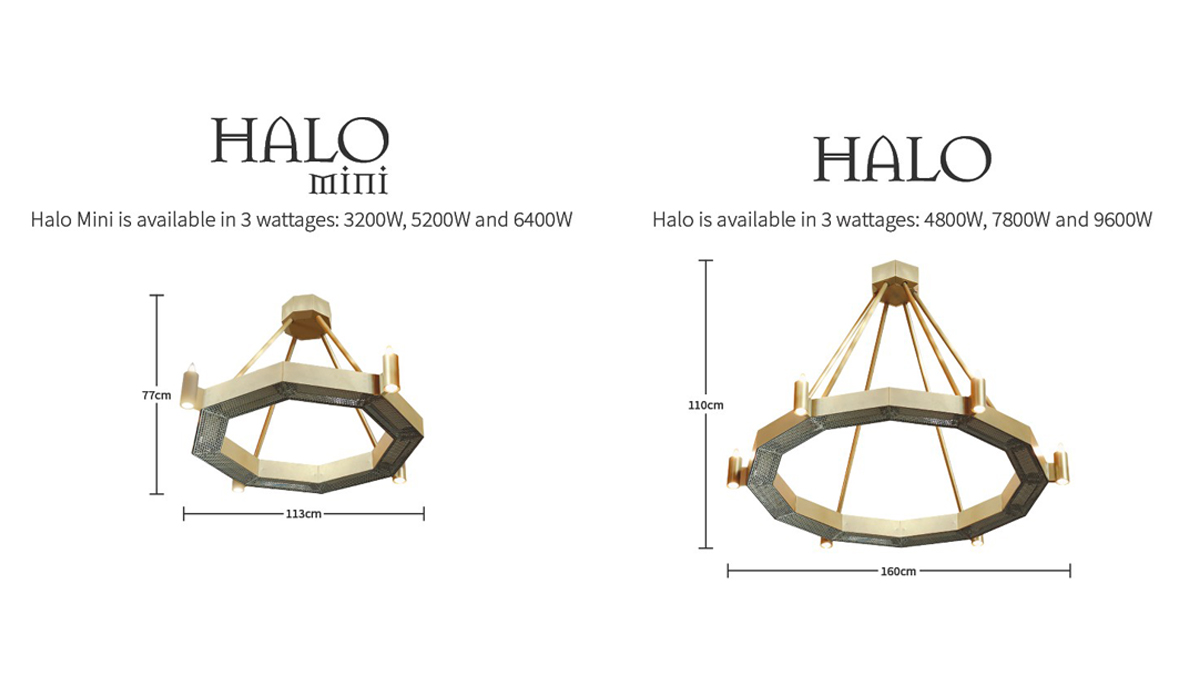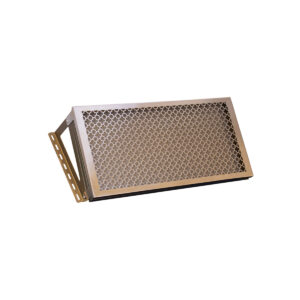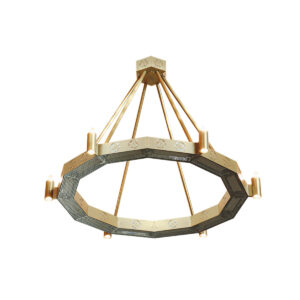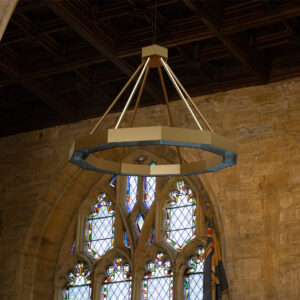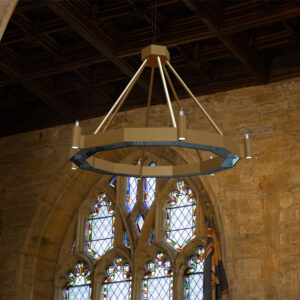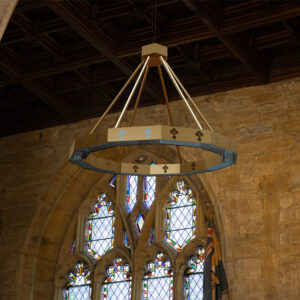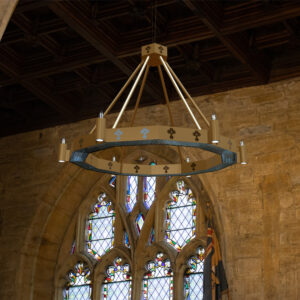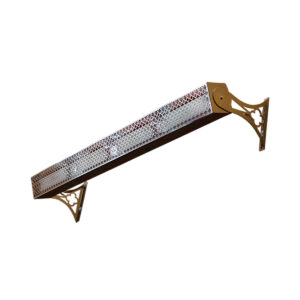Halo Mini Infrared Heater
Price on Application
Halo Mini Infrared Heater
Price on Application
The Herschel Halo Mini 3.2 – 6.4kW Infrared Heater combines elegant design with effective, reliable warmth from a compact size that’s ideal for smaller church spaces, listed buildings, theatres, and domestic properties. Available in three sizes, it features zero light, long life far infrared heating with optional dimmable LED lighting and bespoke finishes. Maintenance-free and corrosion-resistant, Halo Mini provides efficient, sustainable heating for delicate interiors, helping reduce energy use.
- Zero light heater with optional LED lighting
- UK manufacture with British made steel
- Optional bespoke decorative designs
- Fast warm up times
- Far infrared preserves historic interiors
- Compact design
- Suitable for homes with high ceilings
Find Out More
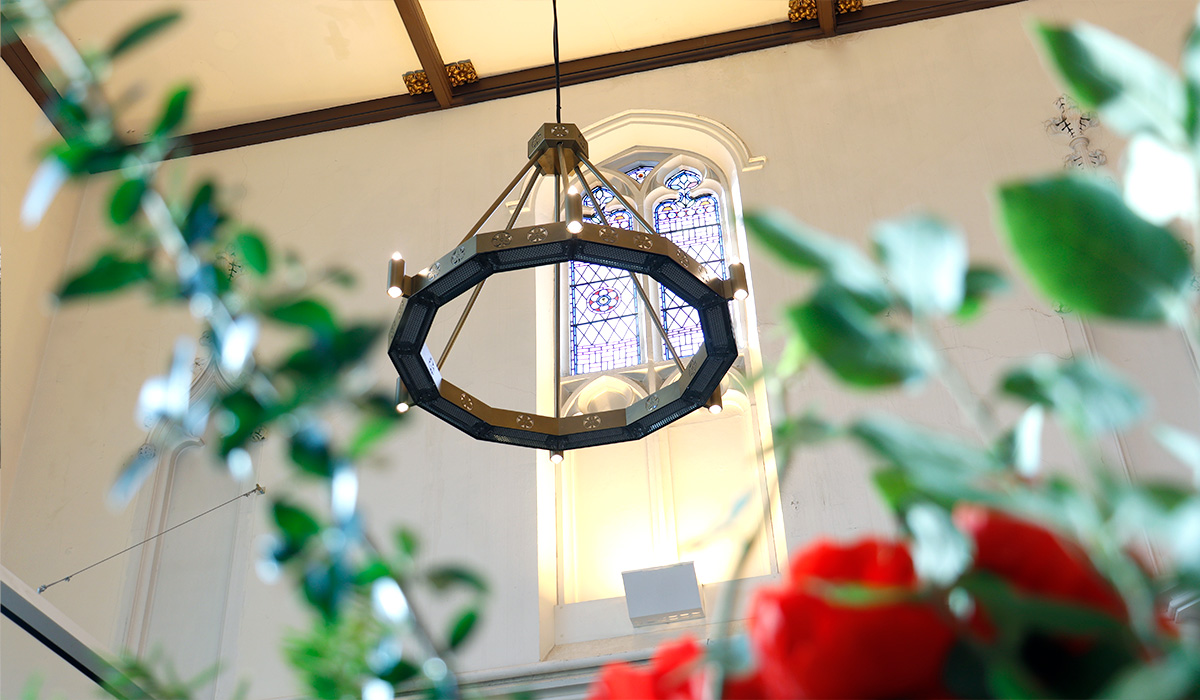
Heritage Specification Service
Herschel has a dedicated team of in-house surveyors and specialists who perform on-site and desktop estimating services, using the latest technology to offer 3D scans and visual representations for commercial heating projects. The team will work with you to understand your requirements and tailor a bespoke solution for your needs.
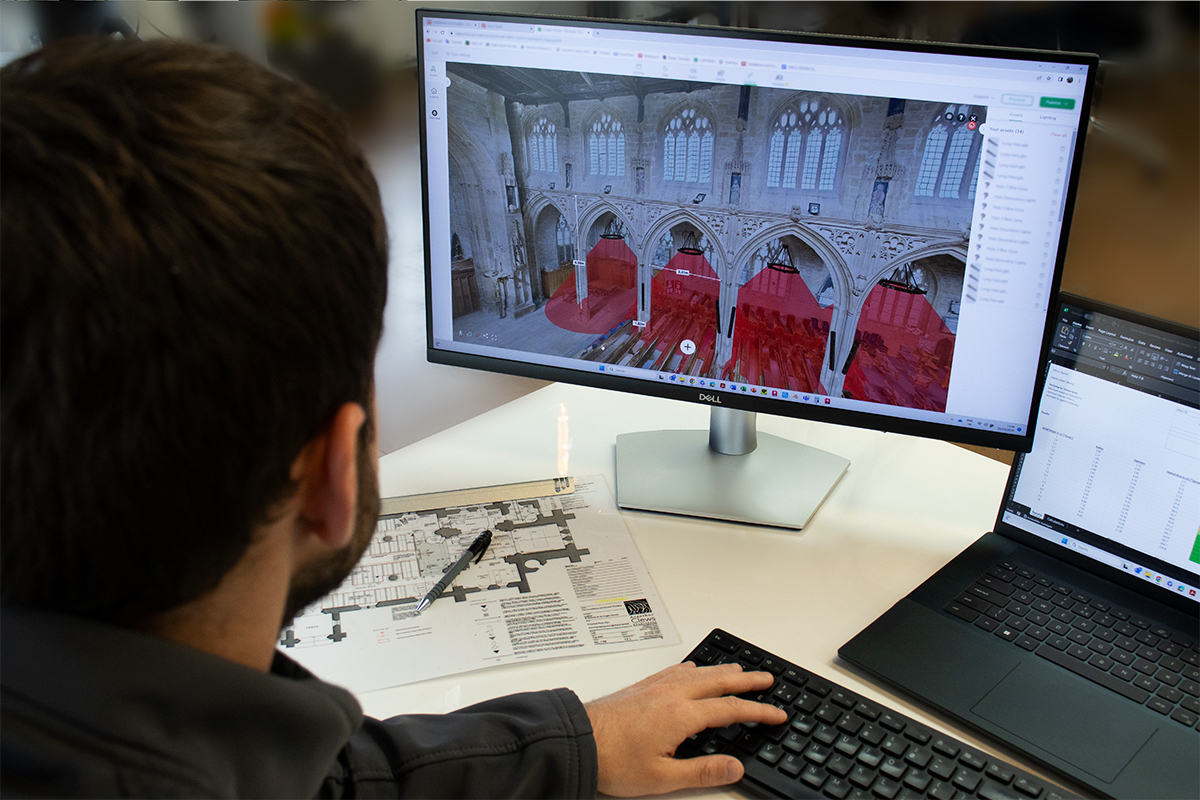
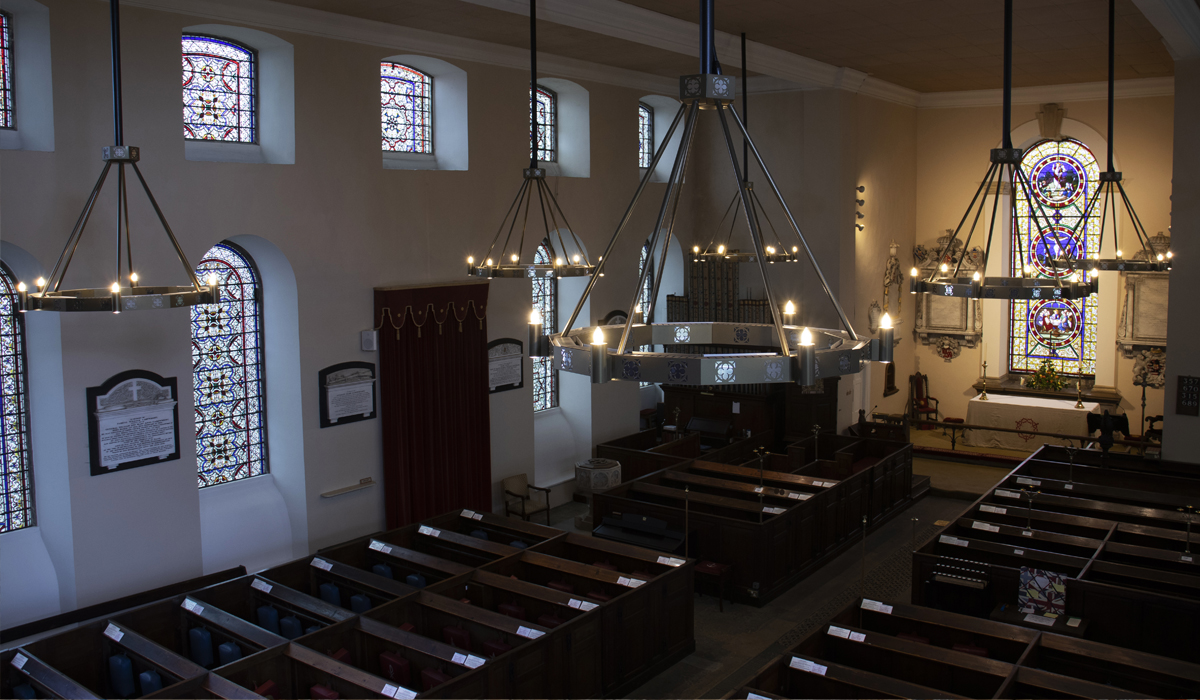
Explore our Heritage Videos
Listen from people who have had Halo installed in their church on our Heritage Videos page, featuring testimonials and behind-the-scenes videos showing the manufacturing process of the Halo in Herschel’s UK Production Facility.
The technology used within Heritage Heaters is far infrared. This is different from the technology used by other more ‘traditional radiant heaters’ from other providers, which have typically used shortwave infrared technology and the feeling of comfort from far infrared is a much more gentle feeling of warmth, ideal for the heating of people. We use the analogy of watering a tender plant with a hose. The old technology is akin to the hose being on ‘jet’, highly targeted, whereas the technology in Halo is akin to the hose being on ‘fine mist’ – everything gets gently wetted (or gently and comfortably heated).
Yes absolutely. Under the scheme listed churches can claim a grant in lieu of VAT, and thus significantly reduce the net capital cost in installation.
With sufficient heaters we can heat the entire church. However, this is unlikely to be the most cost-effective way of heating as it will consume a high amount of energy, especially in older, poorly insulated churches that were never built to be heated.
For churches with less frequent use “Sunday Churches” and those that are rarely fully occupied, by far the most cost-effective method will be to provide zones or “bubbles” of heat focused on the area in use. For example the main nave. Other areas not in use can remain unheated. People will be directly warmed by the heaters when they are on within proximity of the infrared heater and often, a shorter pre-heat time is needed to take the chill off the area. The feeling of thermal comfort will be affected by cold air but the radiant heat will provide a good level of comfort for people within the heated area. We usually aim for “real feel” temperatures (the temperature you perceive) of between 17-19°C unless higher comfort levels are required.
If the church is investing in solar, our APX system can automatically provide background heating for the building when electricity is being generated from the solar PV. This can be a useful way of raising the overall internal temperature of the church at nil cost, and zero CO2, and will reduce the demand for heating during services. Our systems will also work with smart “time of use” tariffs from energy providers (such as cheap overnight rates).
It is important to understand that currently, the daytime electricity rate is around 3 times more expensive per kilowatt of energy than fossil fuels. This will change in the future but in the meantime as we transition to net zero, heating bills will be higher if switching from a gas / oil boiler unless the new infrared heating system is used differently to traditional ways of heating and occupants’ expectations levels are managed.
Control, zoning and the placement/heights of the heaters are crucial to a successful installation and energy efficiency.
The Heritage Heating range has no moving parts and requires no maintenance or servicing, unlike heat pumps and boilers. This represents a significant cost saving over the lifetime of the heating system. The Heritage Heating range has been designed so that all parts have long lifetimes and are easily replaceable.
The Heritage Heaters can be installed by qualified electricians, providing a non-intrusive installation for building managers with no skill shortage issues. As part of the Heritage Specification Service we provide, we will find an installer near you to carry out the work.
The Heritage Heating range presents a hugely efficient solution for churches and hard-to-heat listed properties as it directly heats people and buildings, rather than wasting energy heating the air. After the initial trial at St Matthew’s the treasurer is predicting (via monitoring use so far) that the energy use of Halo for a typical service is less than 1/9th of the existing use via the central heating. This is a huge saving on energy consumption and as the cost per unit of electricity comes more into line with the unit cost of gas, this saving will become greater still. In addition, when the electricity is powered by renewables, this is a hugely sustainable heating solution.
No, not at all, in fact the design of our Heritage range has been specially developed to complement interiors – the Horizon comes with the option to add bespoke décor to the finish, and the Halo comes with this as well as the option to add dimmable LED lighting and bespoke colour. Traditional radiant solutions have emitted a strong red, intrusive glow from the heating element however the Heritage Heaters emit zero light heat. We fully expect the aesthetic design of the Heritage Heaters to be very well received and another one of the benefits of installing the Herschel Heritage Heaters.
As can be seen from the images below, the Halos heating St Michael’s Church incorporate a bespoke finish that has been designed to match the church’s baptismal font. Beautifully finished, the motif on the Halos creates a stunning and complementary addition to the heating system.
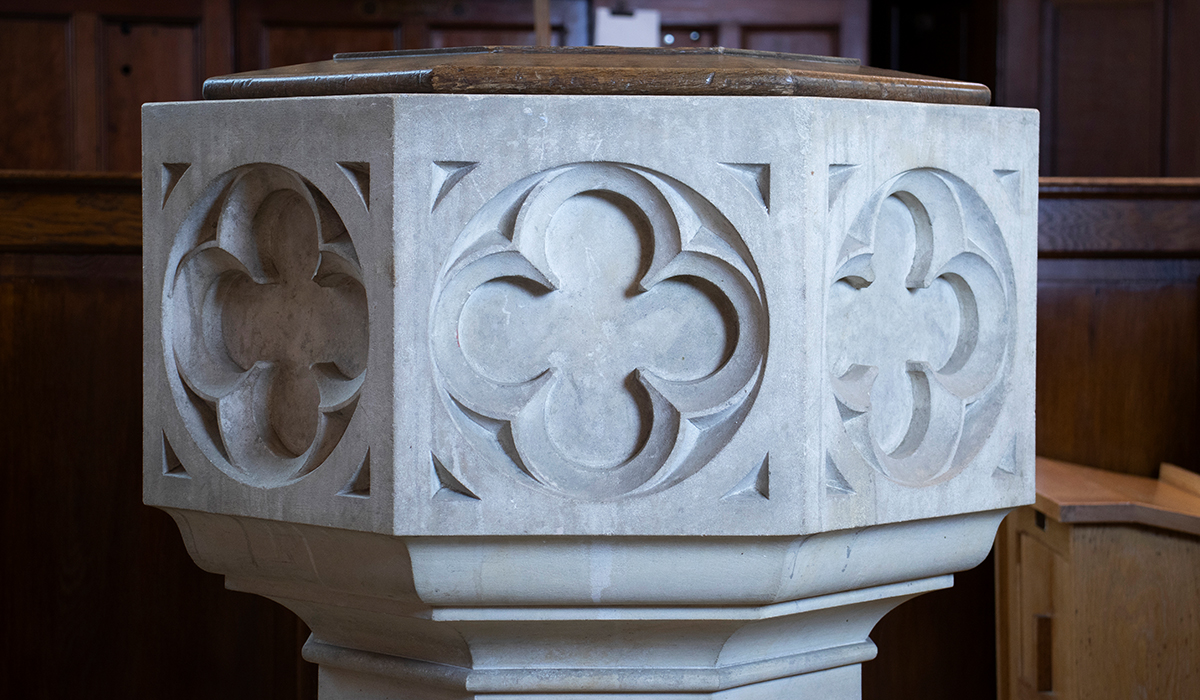 |
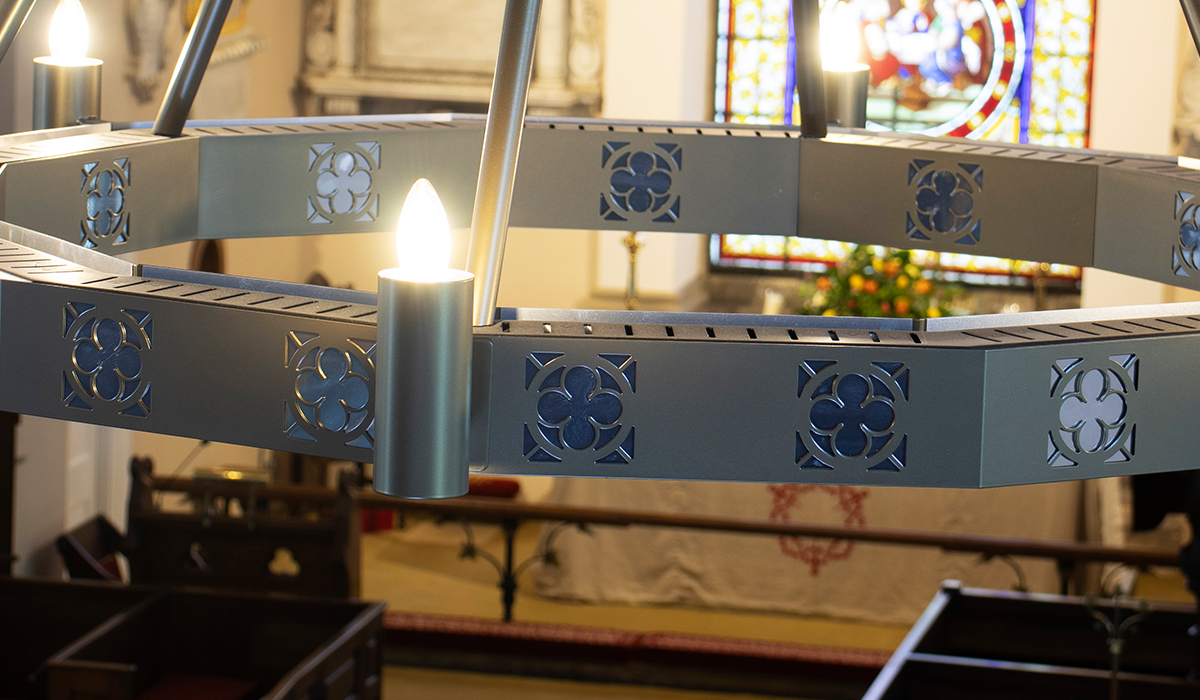 |
The radiant wavelength is similar to that which humans radiate, and the measurable surface temperatures are no greater than they would be through human contact. The feeling of heat is similar to that of the heat of the sun through a window and there is no additional risk of differential expansion than that. (Conversely, this has previously been a risk from using quartz ray/near IR type heaters and is also true of radiators). Historic artefacts and monuments are a specialist area and Herschel will work with you during the design and specification process to ensure all sensitivities are considered.
No they will not. The Halo emitters are completely different to the old quartz ray emitters that were previously common for this type of application. The effect felt is more of a space heating, gentle comfort and this was specifically tested with occupiers at St Matthew’s – no frazzle of heads or cold feet was detected.
Yes the Heritage Heating range will work well in providing comfortable warmth during cold winters and the Herschel Heritage team will ensure the required number of heaters are specified in accordance with your requirements.
In the installation at St Matthew’s, the Halo heater specification totals 31.2 kW (on full power). This compares to their existing central heating (at St Matthew’s) of 186kW. So far (during October/ November 2022) the results show that Halo is providing comfort at 1/3 of the total power, and therefore we do not anticipate any problems in dealing with colder temperatures at full power for St Matthew’s or any other church or heritage property.
Our Heritage Heaters can be used to heat people effectively and comfortably regardless of the duration the warmth is required for.
Feedback from an installation of Halo heaters at St Matthew’s Church is that the Halo provides very good levels of comfort which St Matthew’s characterise as ‘better than we ever had from the radiators’ and they describe the actual effect to feeling like a ‘bubble of heat’ – to the point that they note it ‘doesn’t feel like it’s actually coming from the heaters themselves’.
Heritage Heaters, including Halo will work very well for churches that are in regular use. As an example, St Matthew’s is in regular, daily use and they run the Halo heating in exactly the same way as one would turn on the lighting. They have confirmed that Halo is switched on only as and when required, and when the use is occurring. Within 10 minutes they have their required comfort – with no need for background heating at other times. This is completely different to alternative systems which require low background convective heat to be kept on for long periods and this subsequently requires boosting to heat services and events. This is not required when using Halo and this is why Halo is such an efficient system for providing comfort.
Halo heaters can be controlled individually or grouped into zones. The InfraSense touchscreen central control is extremely easy to use with the option of one-touch manual power level selector (low, medium and high) or intelligent automatic mode to set and control a temperature.

